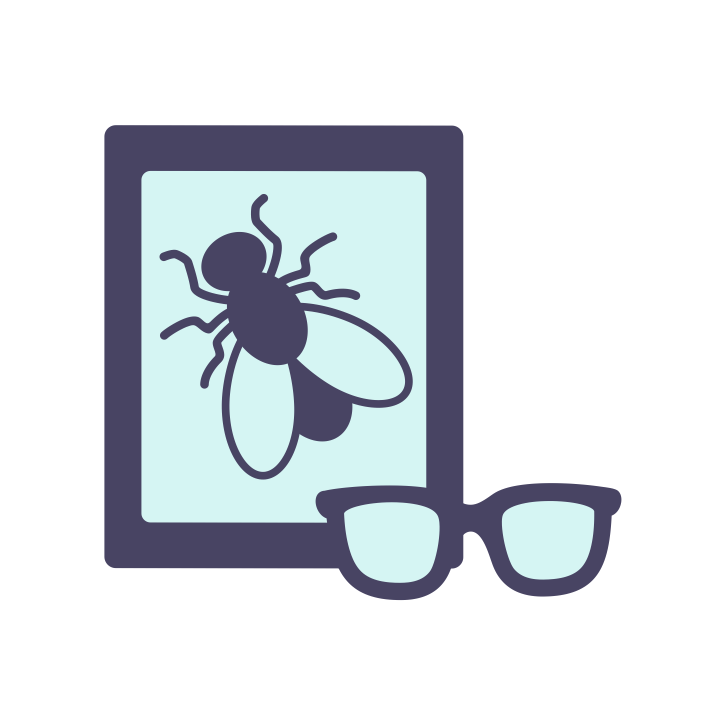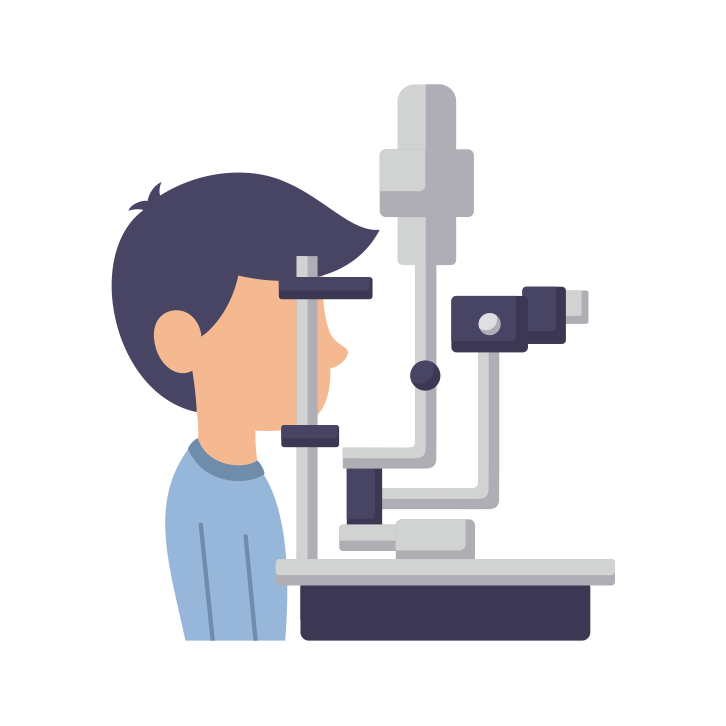Vision Tests
Amsler
The Amsler grid, is a grid of horizontal and vertical lines used to monitor a person's central visual field
It is a diagnostic tool that aids in the detection of visual disturbances caused by changes in the retina, particularly the macula (e.g. macular degeneration, Epiretinal membrane), as well as the optic nerve and the visual pathway to the brain.
colour vision
Ishihara
The Ishihara test is a colour perception test for red-green colour deficiencies, the first in a class of successful colour vision tests called pseudo-isochromatic plates
CVTME
Colour Vision Testing Made Easy (CVTME) is the paediatric gold standard for identifying genetic (red/green) colour vision deficiencies in children as young as 3.
The Farnsworth D-15 test
The Farnsworth D-15 test is a so called arrangement test. This type of colour blindness tests are based on a set of coloured plates or discs which have to be arranged in the correct order. Colour-blind people will have difficulties to arrange the given colours and make mistakes. Based on this mistakes and the resulting confusion vector, the type of your colour blindness and as well its severity can be calculated.
L’anthony Desaturated Panel colour
The L’anthony Desaturated Panel Colour test is identical to the Farnsworth D-15, but the 15 disks are desaturated (lighter in hue). This allows the screener to determine whether or not the subject has the ability to discriminate between subtle colour variations. The test can distinguish between normal colour perception and mild deficiency in protan/deutan (red-green) or tritan (blue-yellow).
Both the Panel D-15 and ‘Lanthony differentiate among protan, deutan, and tritan defects by the axes along which confusions are made.
depth perception
Also known as 3D or stereopsis, depth perception assesses how well each has connected in the visual cortex to see one image clearly between the two eyes.
People with amblyopia have poor depth perception and children can be seen to be clumsier.
Titmus Stereo fly
Recognised for Stereo Depth perception, the Stereo Fly allows for easy administration and evaluation of both gross and fine stereo vision.
Randot Stereo test
This Randot Stereo Test is aimed for adult stereo testing, but also includes an animal portion for paediatric testing. This test helps to test the patient depth perception along with normal stereo vision.
Lang 2
The Lang-Stereotest helps test for early detection of problems with stereoscopic/3D vision in children.
phoria cards
The Howell Phoria Card™ tests for accommodative and fusional function.
It helps to detect and showcase eye teaming problems including esophoria, exophoria and accommodative dysfunction.
Snellen Acuity Test
This is where patients are asked to look at letters calibrated to 6m away.
Driving vision needs to be better than 6/12 in each eye. We all strive to achieve 6/6 (20/20 in USA).
vision testing and teller cards
Teller Acuity Cards can be used to measure visual acuity in a non or preverbal child. It is a method of preferential looking, where the optometrist can observe if an individual can distinguish between the black lines, thus assessing vision quite accurately.
Sheridan Gardner Test
The method of testing depends on matching shapes.
When testing children it is often difficult to retain their attention during an examination. The Sheridan Gardiner Test is a well established test designed for children but suitable for disabled people, those with learning difficulties or patients who do not share a common language with the examiner.









